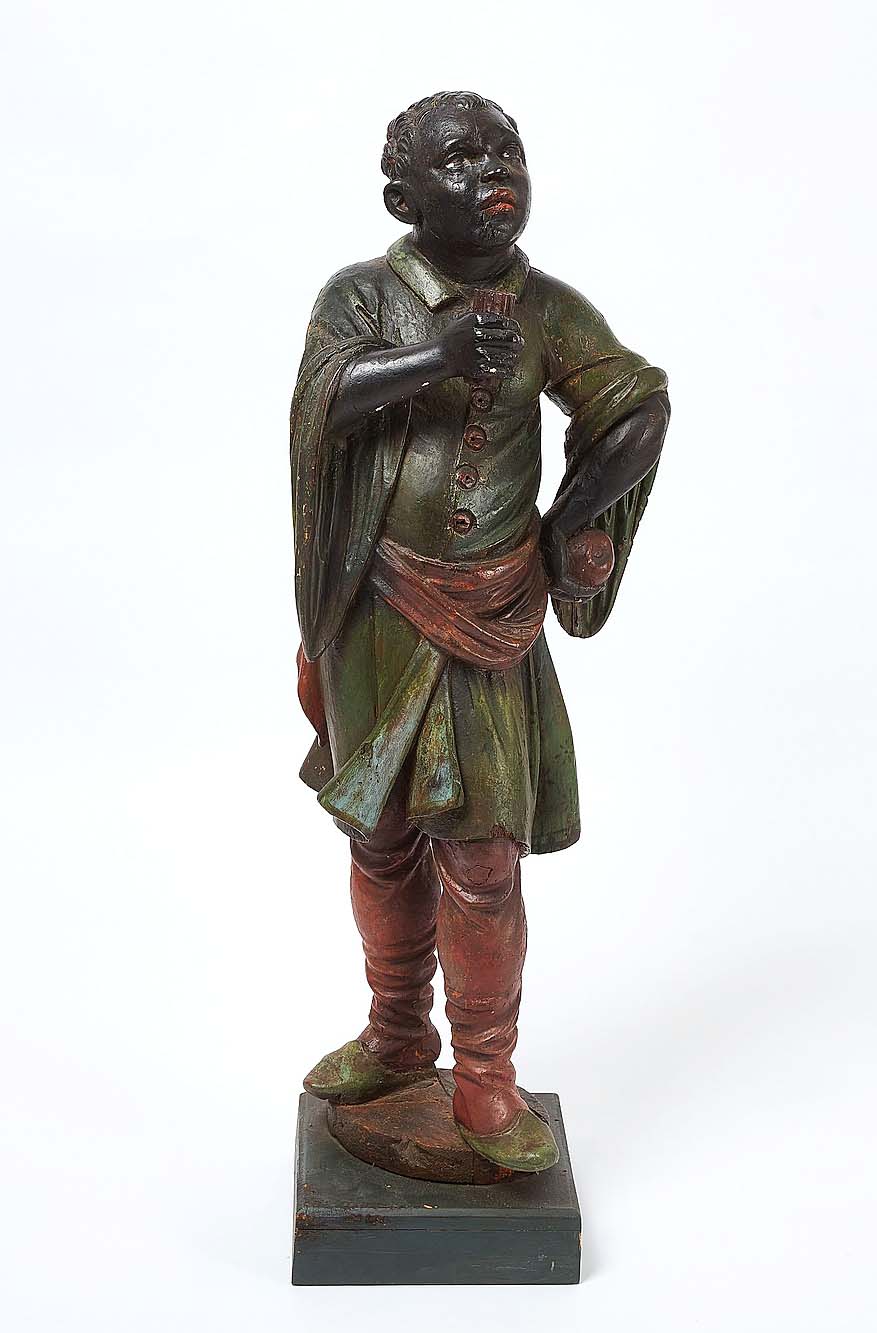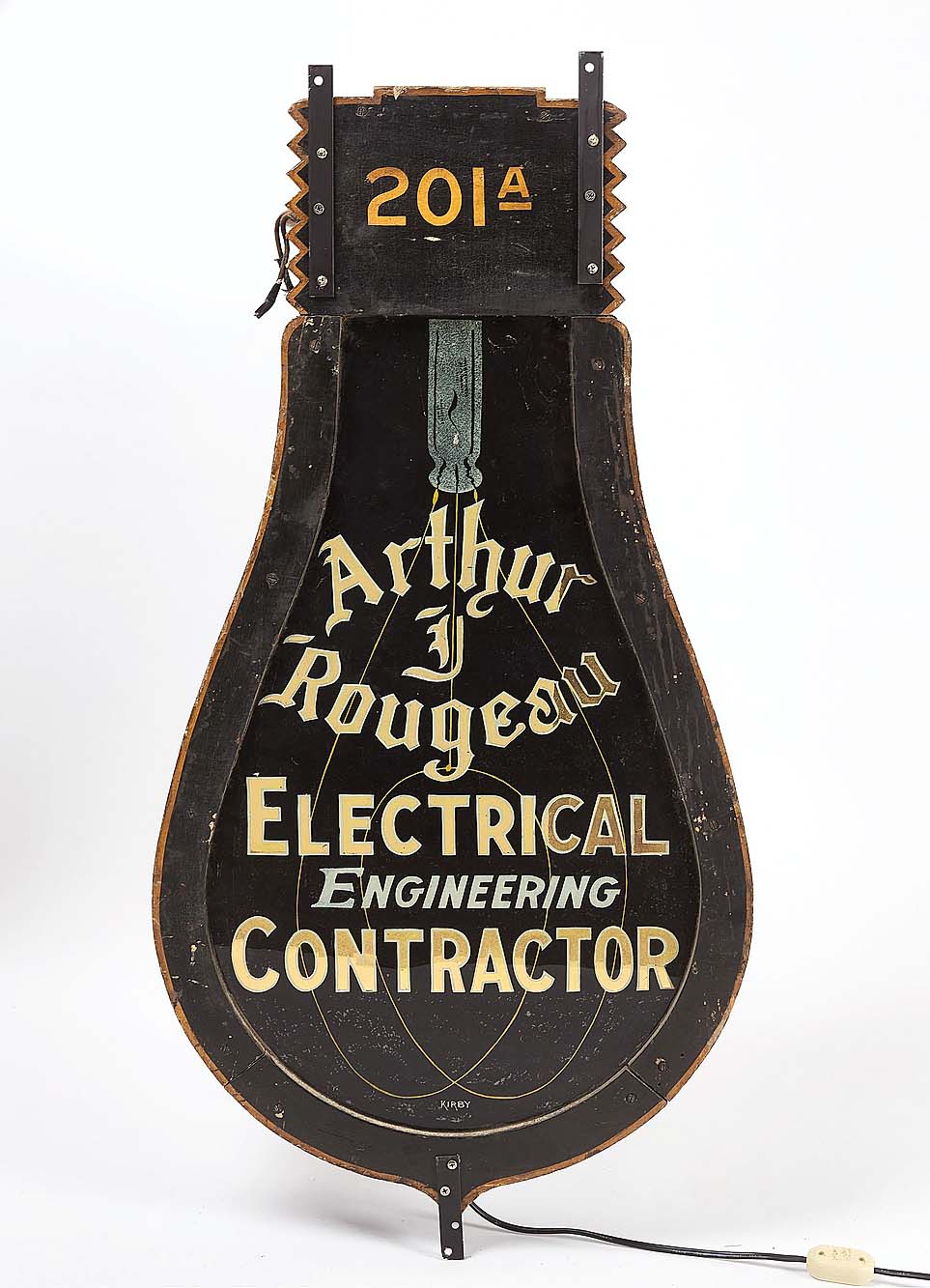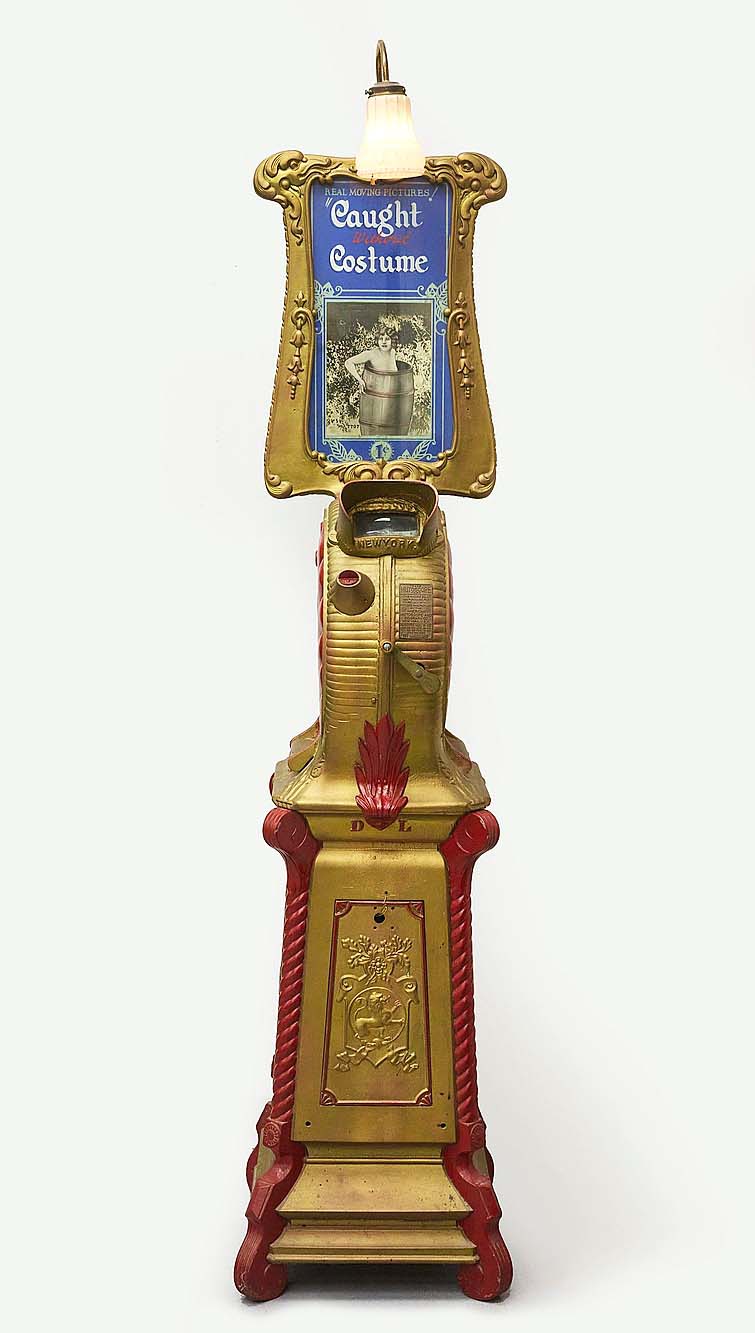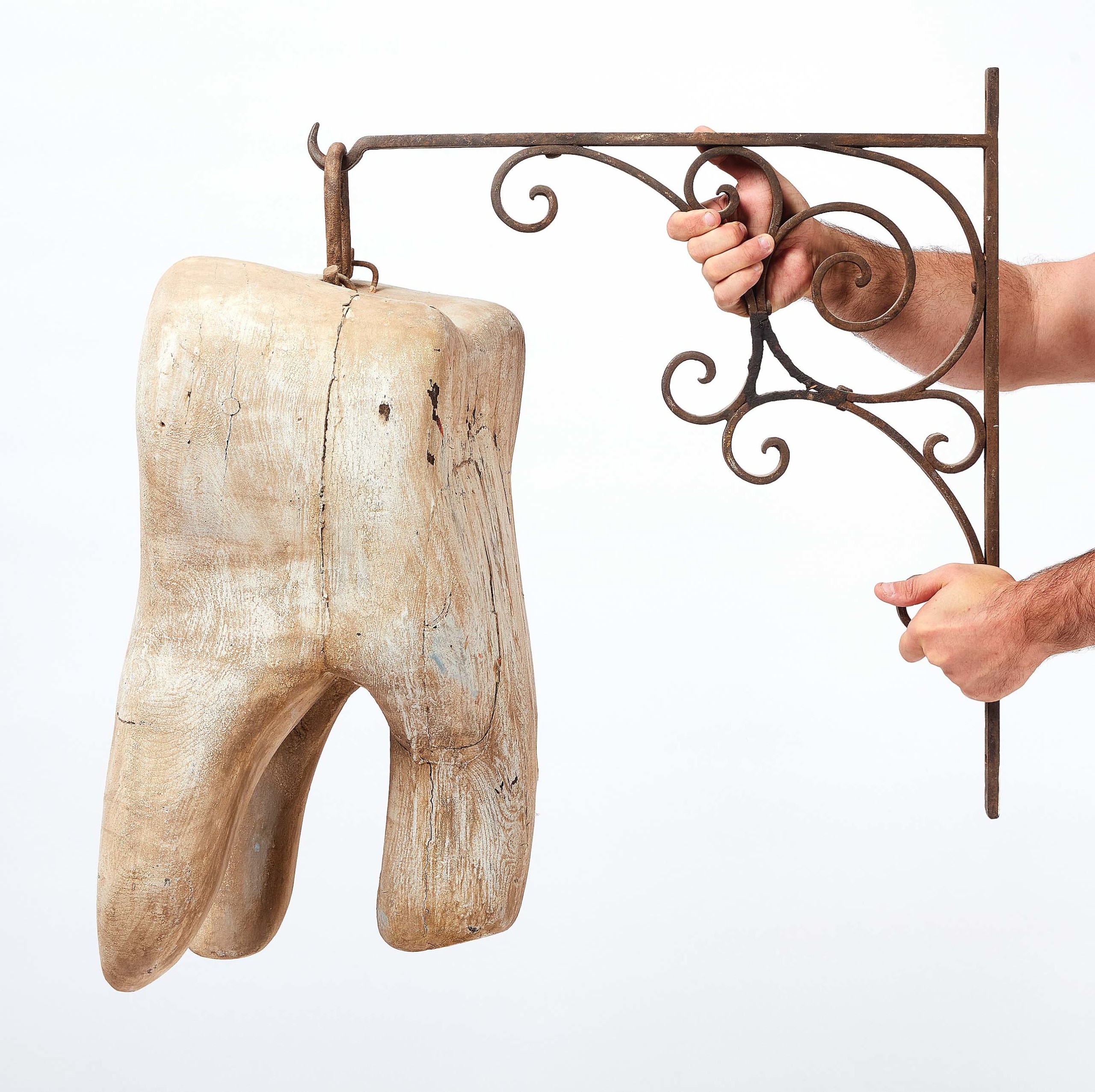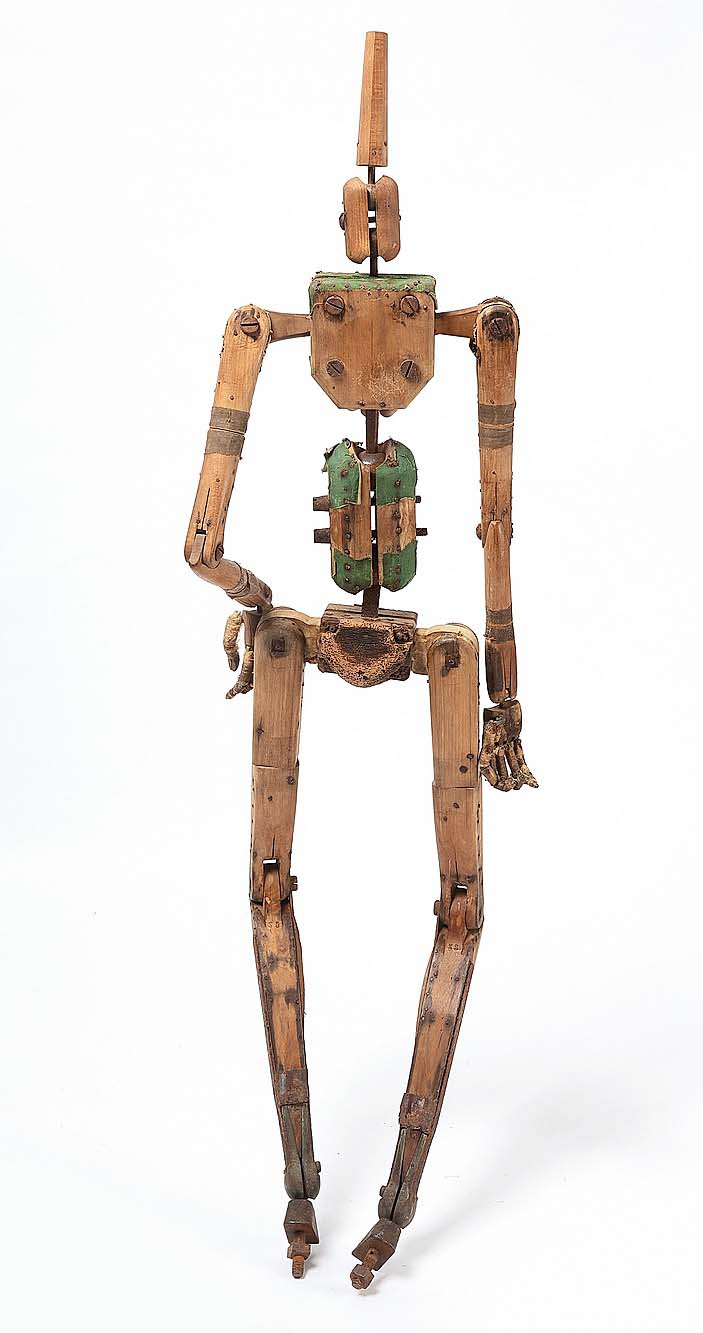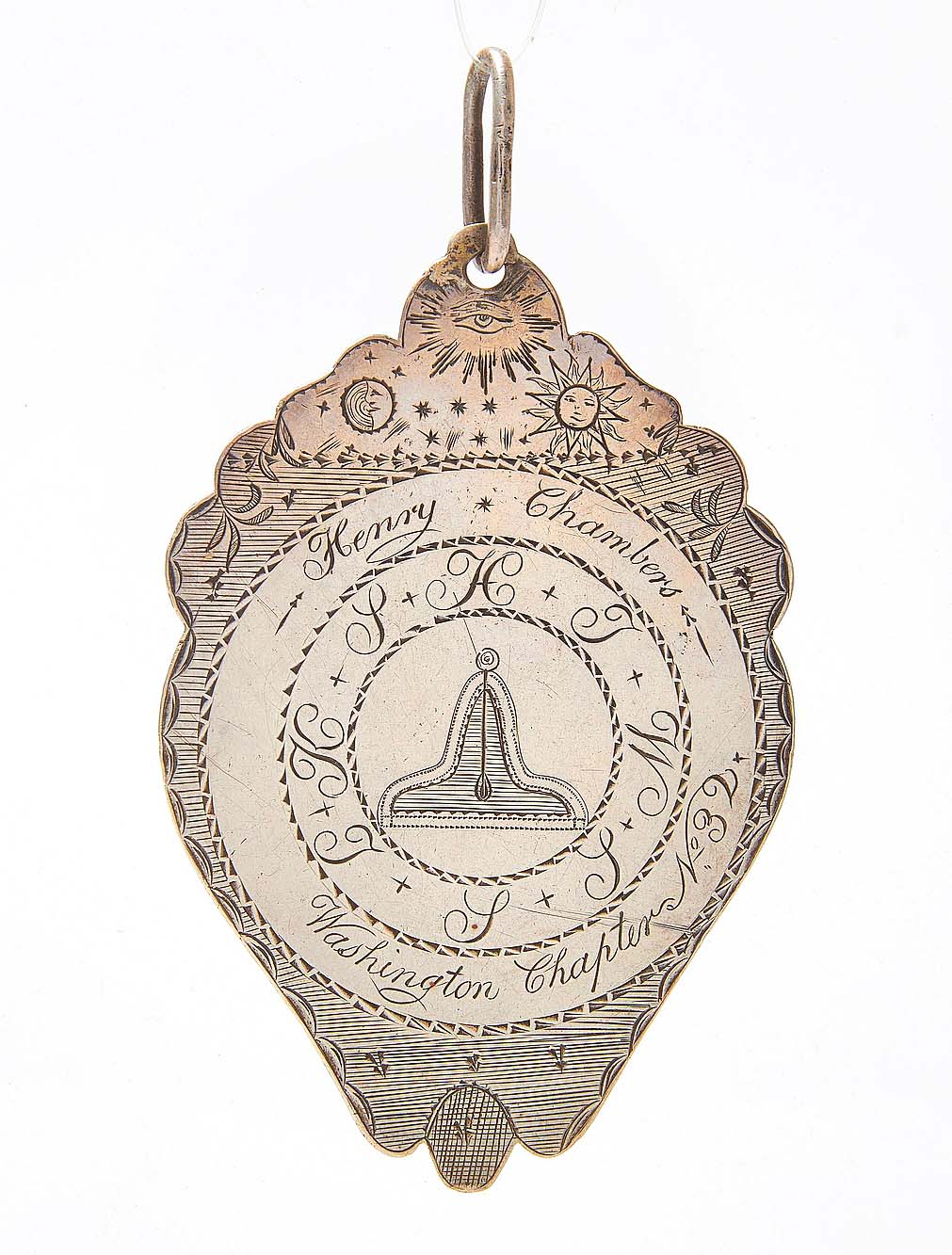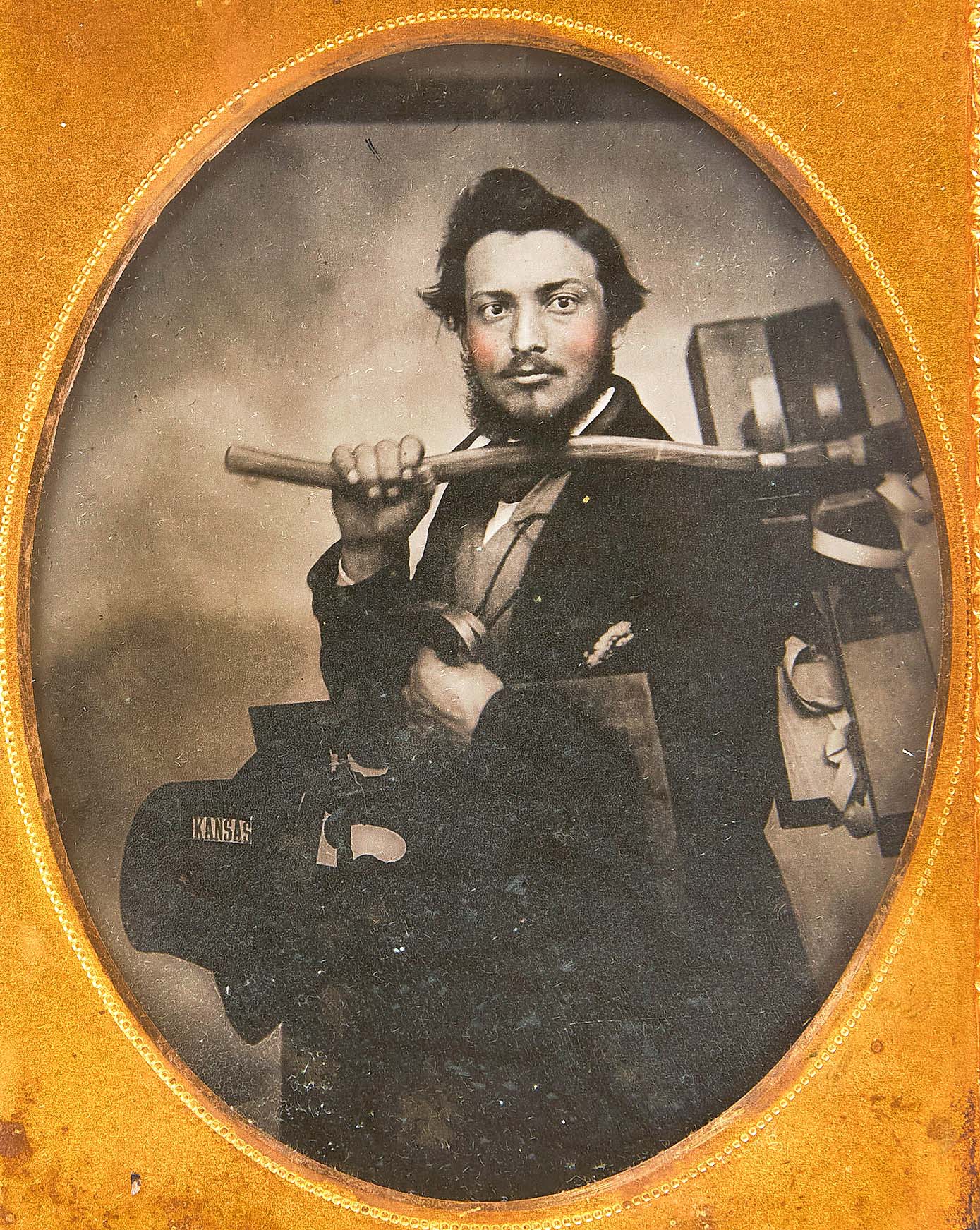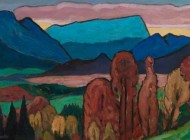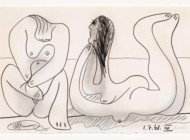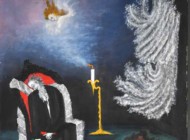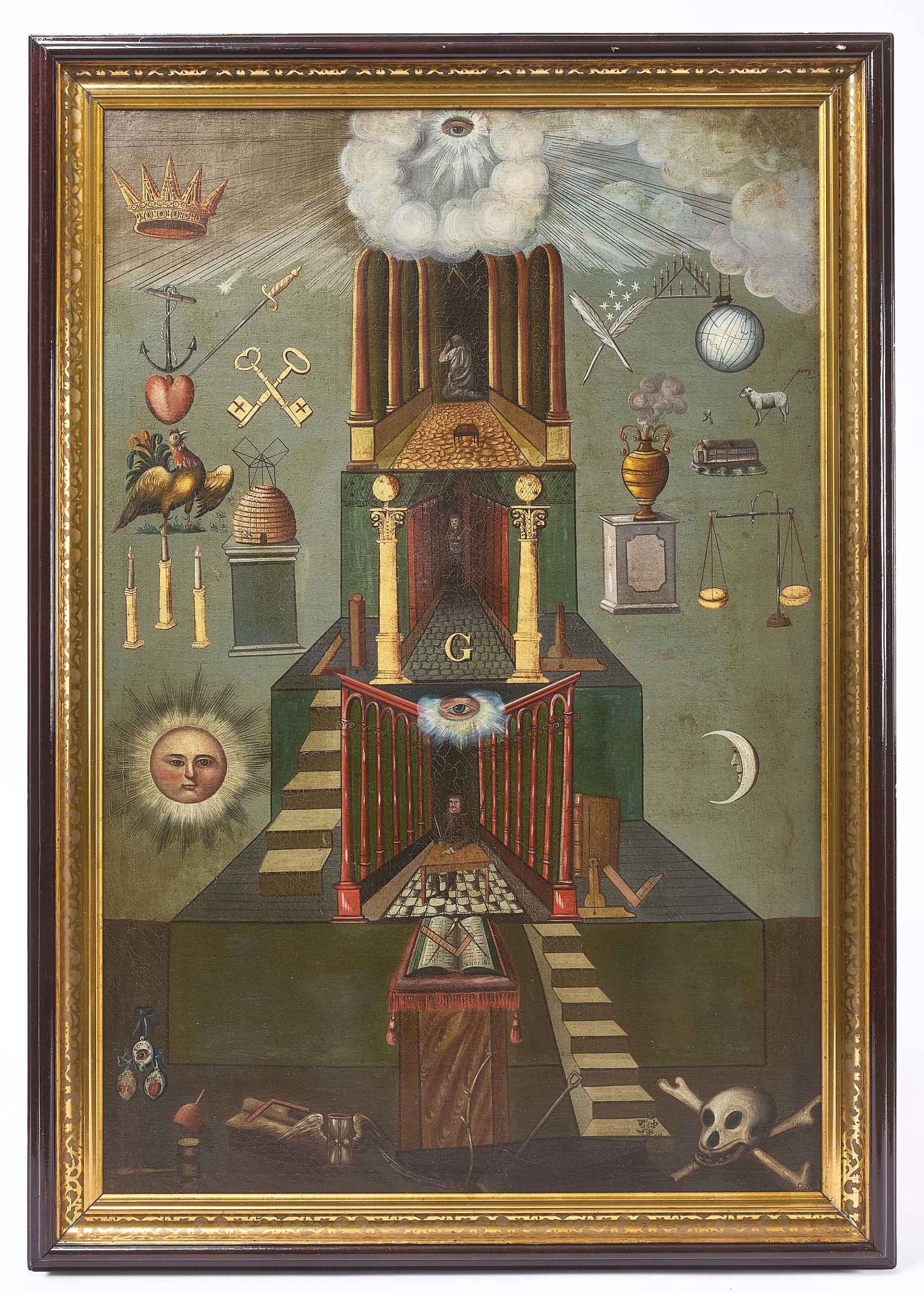
Achieving the sale’s highest price overall was this Masonic tracing board by Ezra Ames (New York, 1768-1836), “Hamilton D,” oil on canvas, 57½ by 40¼ inches in later frame; it was bid more than four times its high estimate to realize $37,800 ($4/8,000).
Review by Carly Timpson
BRANFORD, CONN. — Divided into three parts, New England Auctions’ September 11 sale featured fraternal antiques, early photography and advertising and signs. In total, the 315-lot auction “realized $314,808, beating our high estimate by 10 percent,” per gallery manager Kate Brashears. Additionally, it achieved a sell-through rate of 98 percent.
“This is the first auction our warehouse manager and advertising and photography specialist, Mark Surowiecki, created for New England Auctions,” reported Brashears. “An avid collector of early photography himself, Mark brought his considerable expertise in building an impressive collection to offer to our bidders. We were exceedingly happy with the prices achieved for the items consigned from a fraternal Masonic lodge in Hamilton, N.Y. The tracing boards were unique and rare to the market. New England Auctions has historically been strong in garnering impressive hammer prices for advertising, and this auction was no exception.”
Fraternal Antiques
The sale’s first segment included the contents of a Masonic lodge in Hamilton, N.Y., as well as other antiques relating to the Freemasons, Oddfellows, Knights of Pythias and other fraternal groups.
An early Masonic tracing board painted by Ezra Ames led the day. Depicting various emblems and symbols of the Freemasons, including a skull and crossbones, keys, a sun, quills and, of course, the square and compass, the work, identified as “Hamilton D,” was bid past its $4/8,000 estimate to achieve $37,800. This oil on canvas painting was housed in a later Nineteenth Century mahogany frame, and the work was featured in J. Godwin and C. Goodwillie’s Symbols in the Wilderness: Early Masonic Survivals in Upstate New York (2016), a copy of which was included with the lot. As described in that text, “This tracing board, more than most examples, shows the hand of a trained painter. Several things about it are unique, beginning with the three hanging objects at bottom left, inscribed in neither Latin, Greek, nor Masonic code. The death symbols of the third degree are at ground level…. No other tracing board gives such prominence to the skull and crossbones.”
Three other tracing boards from the Hamilton lodge, also featured in Symbols in the Wilderness, included those identified as “Hamilton A,” “B” and “C.” All were appraised by White & White in Skaneateles, N.Y., and the other three were not attributed to any known artist. These others, each with the same $4/8,000 estimate, sold for prices ranging from $5,040 to $10,710.
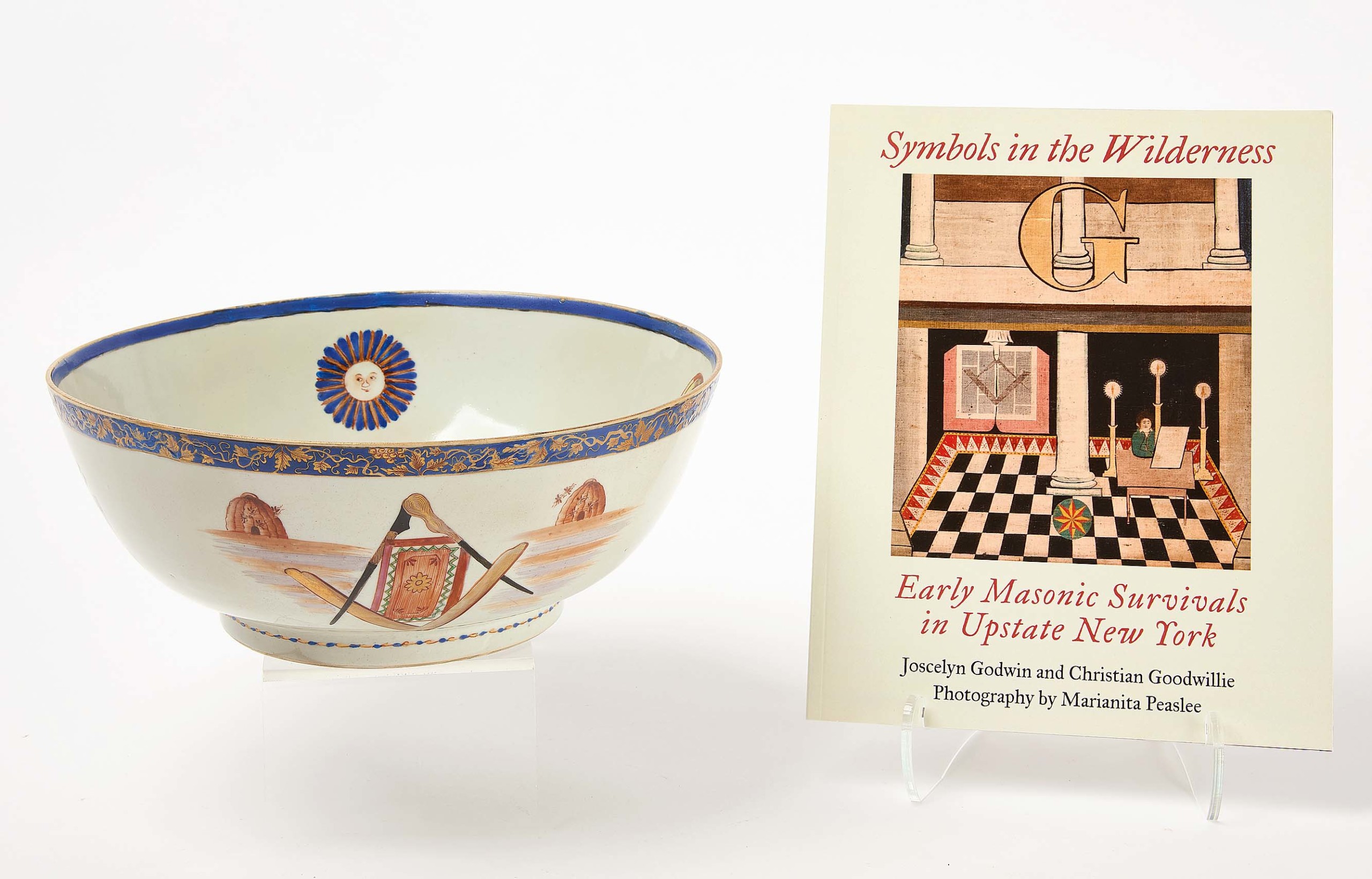
From the same Hamilton, N.Y., lodge as the tracing board, this circa 1800 Chinese export bowl was detailed with Masonic symbology, measured 11¾ in diameter and brought $2,772 ($800-$1,500).
Another item from the lodge was a Chinese export porcelain bowl that had been decorated with celestial Masonic symbols. Also featured in Symbols in the Wilderness, this bowl had images of the sun, moon, seven stars, comets and the pillars of Jachin and Boaz on the inside while the exterior had clusters of imagery, including the compass and square, beehives, ashlar and more. It exceeded its $1,500 high estimate, bringing $2,772.
Early Photography
Handled and curated by Surowiecki, who is New England Auctions’ in-house specialist on early photography, this section of the sale included “a comprehensive variety of daguerreotypes, ambrotypes, tintypes and paper photographs spanning content such as folk art, occupational, military and more.”
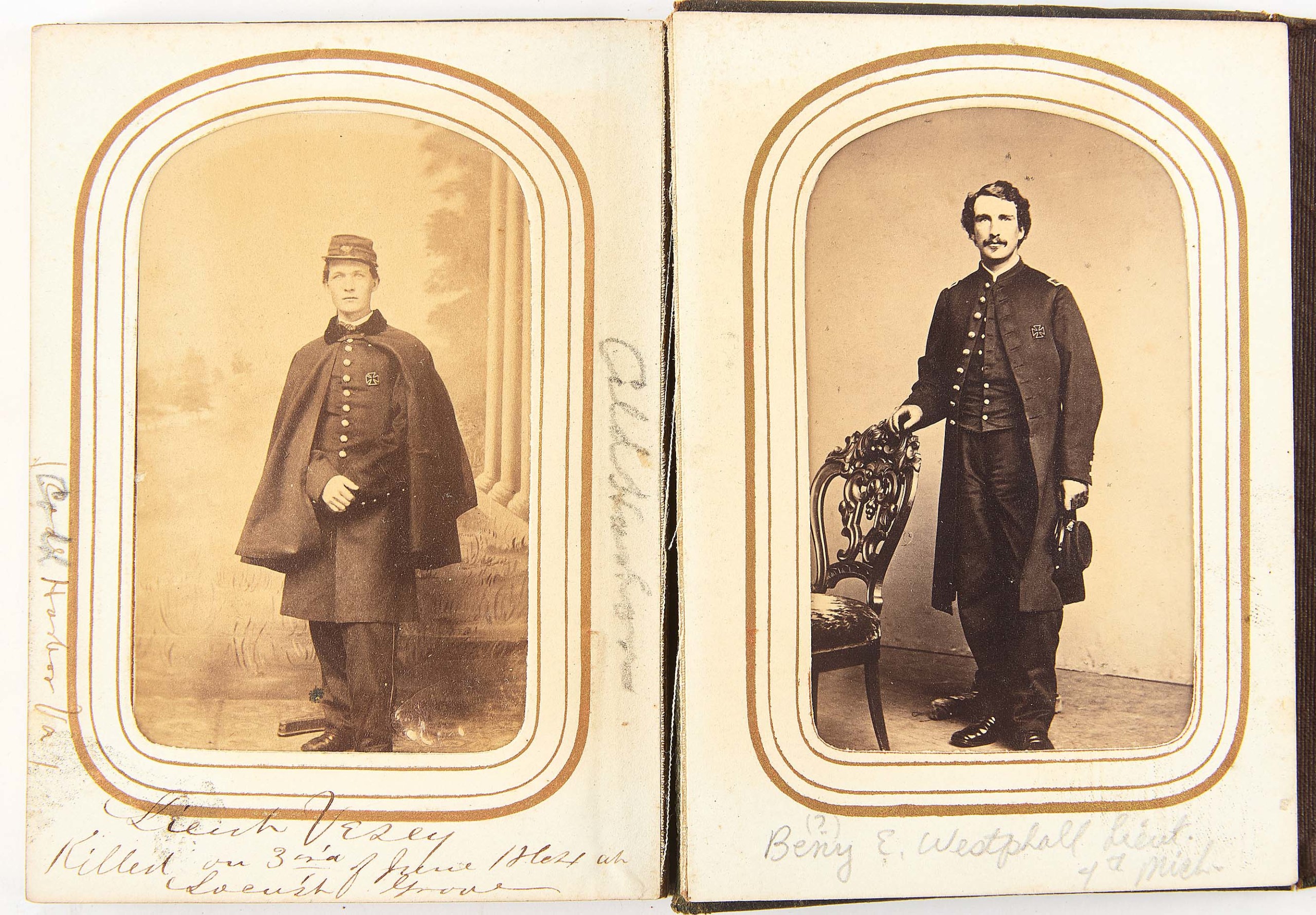
The photography selection was topped at $7,623 by three circa 1870 American CDV/tintype albums, one with military content and signatures, as these pages show ($250/500).
Surowiecki commented, “It was a huge pleasure to put the sale together, and I think we did a fine job at offering a fairly comprehensive range of images, from folk art, mourning, occupational and military. I was pleasantly surprised to see the three featured lots soar past my own expectations.”
The selection’s top price was earned by a lot of three early photo albums, possibly of Michigan origin, as suggested by hand-written names and notes within the pages. The CDV/tintype albums were from circa 1870, and one included military content and signatures. “The Michigan albums had a lot of good identifiers which collectors and historians like to see. That makes a big difference in price,” shared Surowiecki. They rose well beyond their $500 estimate to close at $7,623.
Despite the much different attitude surrounding it, a fully functioning mutoscope viewer from circa 1900 also charmed bidders. Titled “Caught Without Costume,” for just one penny, this mutoscope would flip through a more suggestive reel showing photos in motion at the turn of a crank. Though it was sold without a key and light, the spectacle did include an additional flipbook, and bidders took the device to $5,200.
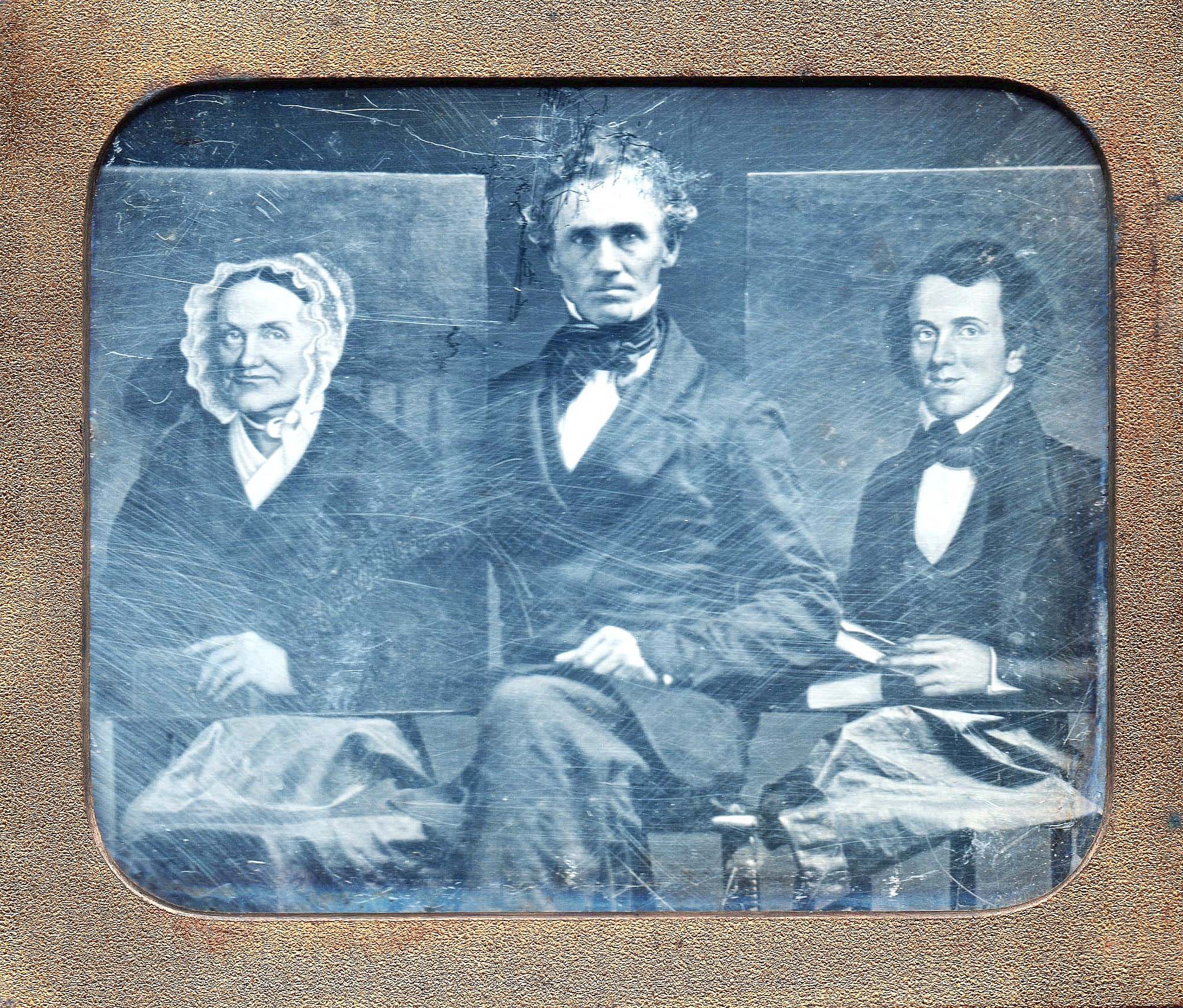
Featuring a man seated with two portrait paintings, this sixth plate daguerreotype, American, circa 1845, 3¾ by 3¼ inches cased, brought $1,890 ($250/500).
Achieving $1,890 against a $500 high estimate was a sixthplate daguerreotype of a man seated with two paintings; though unidentified, the man is presumed to be the artist. Surowiecki noted, “The daguerreotype with the man seated between two portraits performed very well despite its rather poor condition. However, it’s an uncommon content to see in a daguerreotype and it speaks to the transition between paintings as an artistic medium and the advent of the photographic process.”
“Lastly, I was thrilled to offer the Kansas occupational ambrotype as I believed it to be a ‘fresh to market’ item. It’s the most involved occupational image that I’ve had the chance to handle, as there were many tools and other items shown. The pose is quite unique. The lettering on the pouch just puts it over the top in terms of desirability, in my opinion. For any Kansas or Midwest collector I’m sure it would be a highlight in any image collection,” Surowiecki added. This quarter plate ambrotype from circa 1850 showed a prospector or tradesman standing with many various tools, including a hammer in his hand and bag reading “Kansas” at his waist. It was taken to $2,600.
Advertising & Signs
Early trade signs and tin lithographs primarily made up the third and final section of the auction; however, the selection was led by a cigar store figure that realized the auction’s second-highest price overall: $32,760. Crafted by “John & Simeon Skillin, Boston,” as identified on a silver plaque affixed to the figure’s back, this carved Black boy wore a tunic and held an apple in one hand and cigars in the other. Another cigar store item, this one a trade sign, exceeded estimates to achieve $6,300. The circa 1900 American sign read “The Cigar The Put the OK in Smoke” and featured a smoking cigar labeled “OK.”
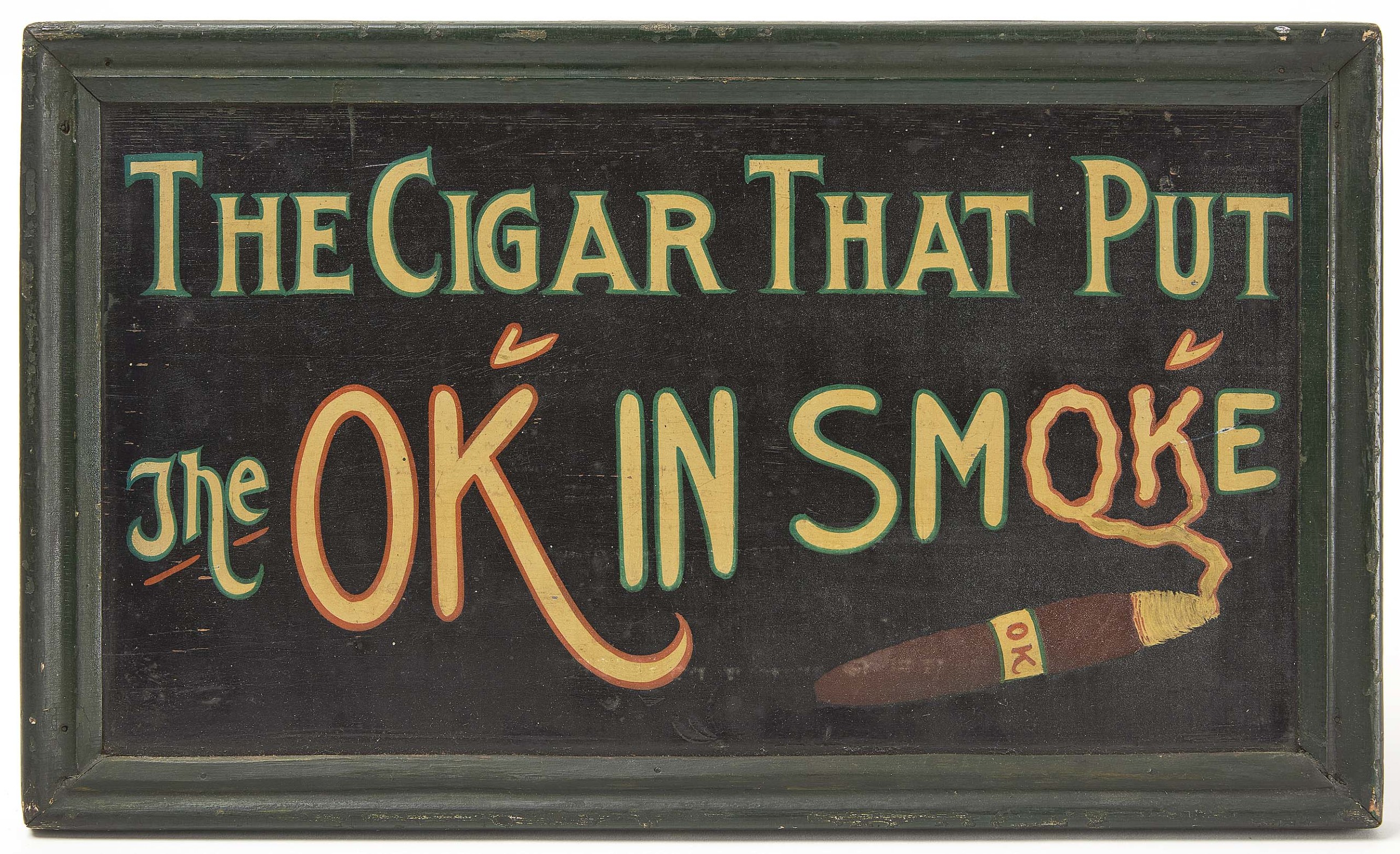
This painted wood cigar trade sign, American, circa 1900, 12 by 20 inches, finished at $6,300 ($600-$1,200).
Other trade signs included a circa 1940 European electrified lightbulb-shaped wood and glass sign for “Arthur J. Rougeau / Electrical Engineering Contractor” and an American oversized hanging three-dimensional tooth marking an early dentist’s office, circa 1880. These earned $5,460 and $4,680, respectively.
Prices quoted include the buyer’s premium as reported by the auction house. For information, www.newenglandauctions.com or 475-234-5120.

